Car Camping with Dogs [Important Tips+Essentials Checklist]
![Car Camping with Dogs [Important Tips+Essentials Checklist]](/content/images/size/w1200/2023/03/Car-Camping-with-Dogs.jpg)
Introduction to Car Camping with Dogs
Exploring the outside world with our pets can be a fun and rewarding experience. Whether you are pondering a weekend getaway or a longer adventure, it’s important to plan ahead, as car camping with dogs requires more preparation than while traveling alone.
In this article, I’ll provide a bunch of helpful tips and recommendations to ensure your dog camping vacation is a stress-free event to remember.
And away we go...
Benefits of Car Camping with Dogs
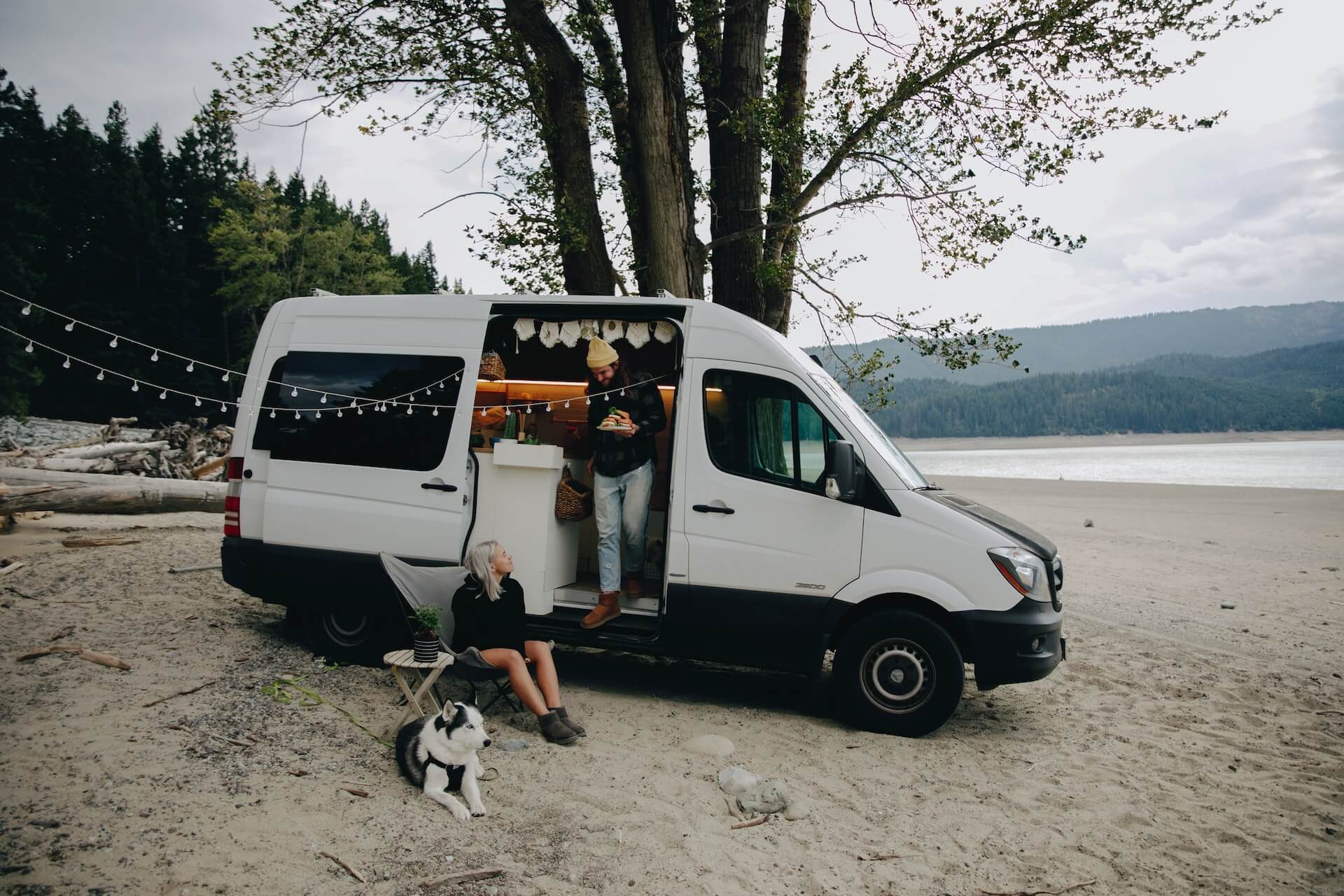
One of the most significant benefits of camping with dogs is the opportunity to spend quality time together in the great outdoors.
It’s so nice to bond with your pet, disconnect from the hustle & bustle of daily life and enjoy nature. Dogs also love exploring new environments, and a camping trip provides them with endless opportunities to sniff, run, and play.
Camping with your dog provides an excellent opportunity for exercise. Hiking, swimming and playing are all great ways to keep your dog active while enjoying the outdoors.
Additionally, spending time outside can help reduce stress and anxiety in both dogs and humans, making it a great way to unwind and relax.
Pre-Trip Preparation
Choosing the right campsite for dogs

When choosing a campsite, it's important to consider your dog's needs. Look for pet-friendly campsites that allow dogs and provide amenities such as dog parks or walking trails.
Most private campgrounds allow dogs. Same with national parks. However, many of these places do have certain restrictions when it comes to pets, and it's SUPER IMPORTANT that you understand these restrictions BEFORE planning your stay. Call ahead or visit the destination’s website for this type of information.
Also, consider the climate and terrain of the campsite, as some dogs may not be comfortable in extreme temperatures or difficult terrain.
Pack camping gear for comfort and safety
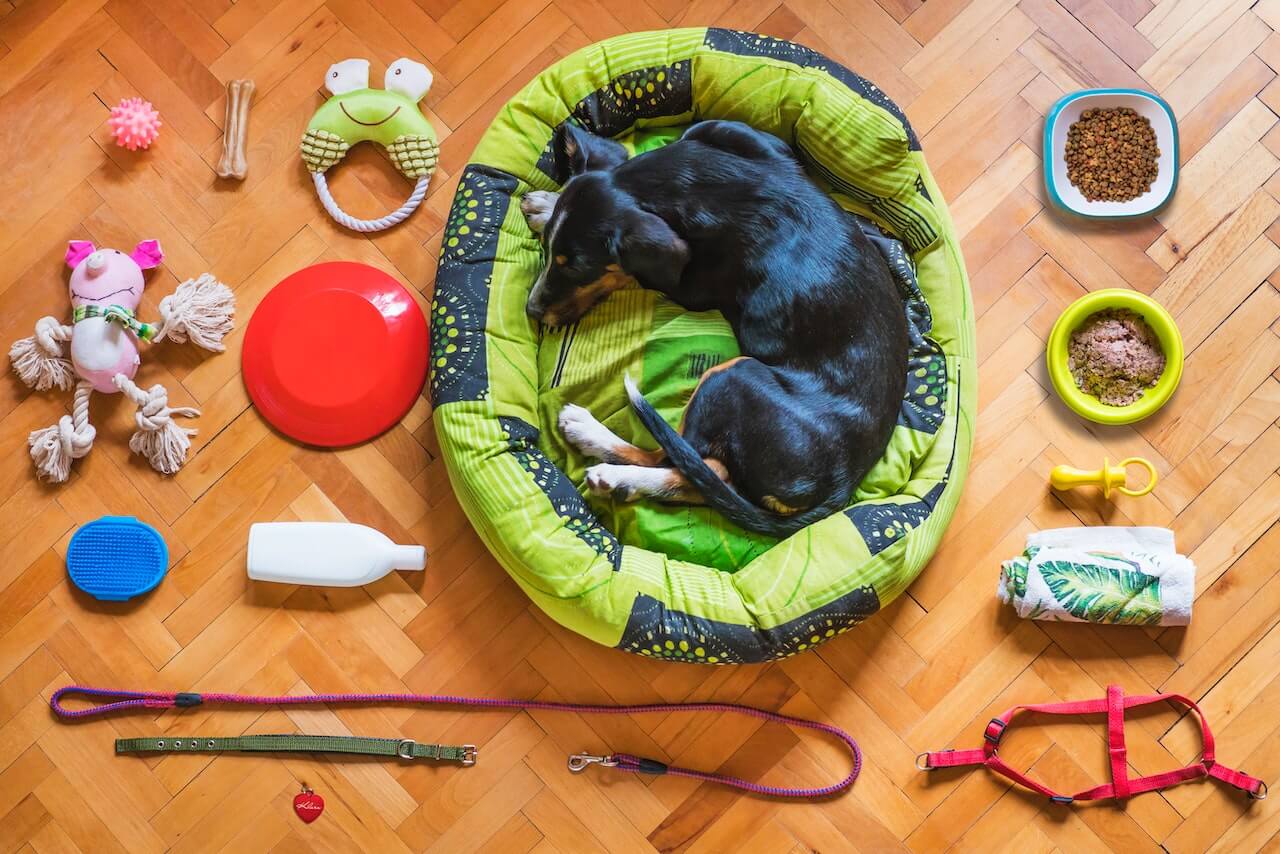
When packing for your dog, be sure to bring items such as a comfortable bed, food and water bowls, chew toys, leashes, etc. You should also pack any medications your dog needs and a first aid kit. Additionally, make sure your dog has identification tags and is up to date on all vaccinations.
Getting your dog comfortable with the car
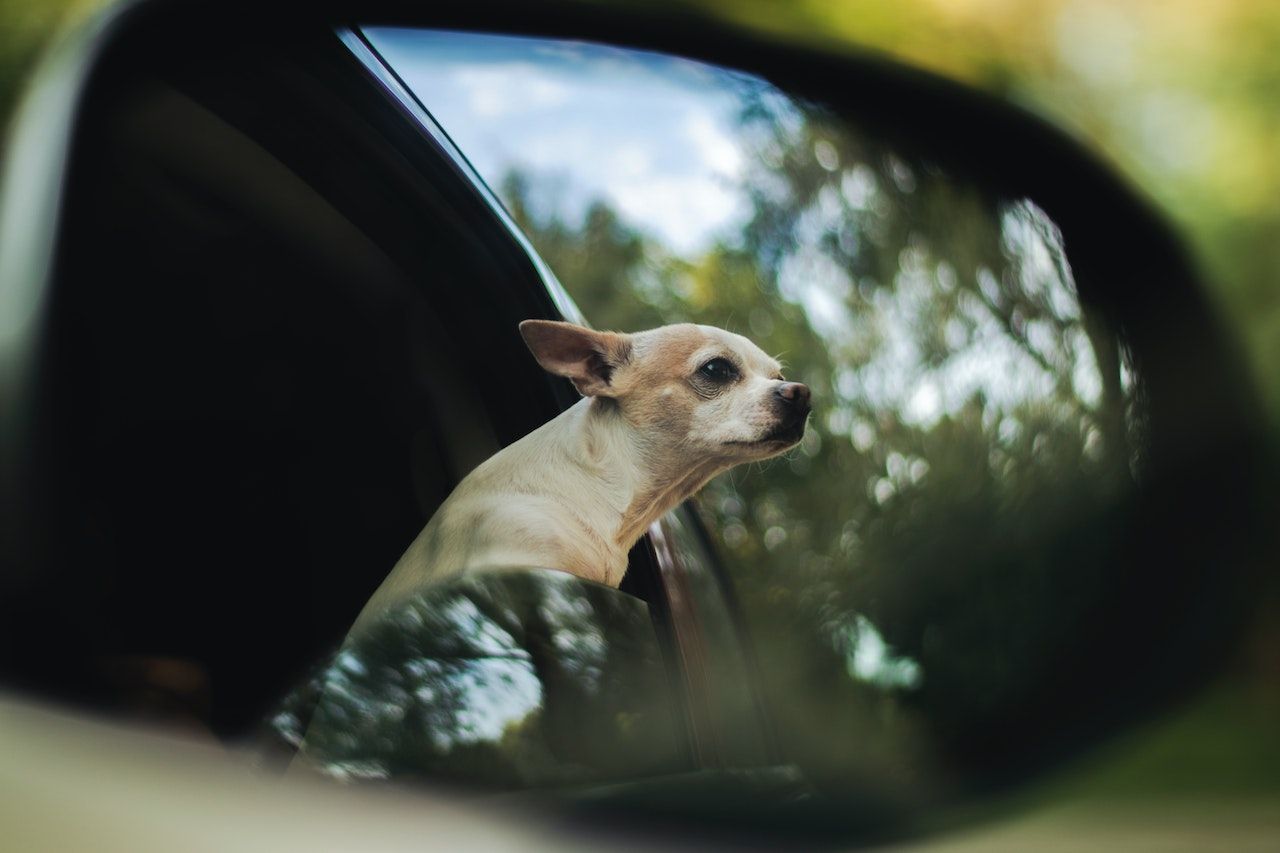
If your dog is not used to car travel, it's important to get them acclimated with the car before your trip. Start by taking short trips around your neighborhood and gradually increase the length of the trips. You can also make the car more comfortable for your dog by providing a cozy bed or blanket and bringing their favorite toys.
Dog food and water options

Bring along an ample supply of water! You will need it for both you AND your dog during the trip to your destination...especially if it's a lengthy one.
Another point to consider is where you'll be staying. There are many camping areas (like BLM sites) that don't have water access. If you'll be camping at these venues you must take enough water to last for your entire trip. Consider filling up several 5 gallon jerry cans that you can stow in your vehicle.
Food is another major item. Aside from having lots of it (including snacks for fido), be sure to take any food that your dog may need for dietary concerns, allergies, etc. Being able to find these special products in distant places might be very difficult, if not impossible.
On the Road
The road trip is often the most exciting part of a vacation with dogs. However, it's important to take necessary precautions to ensure your furry friend is safe and at ease throughout the journey.
Stopping for potty and exercise breaks
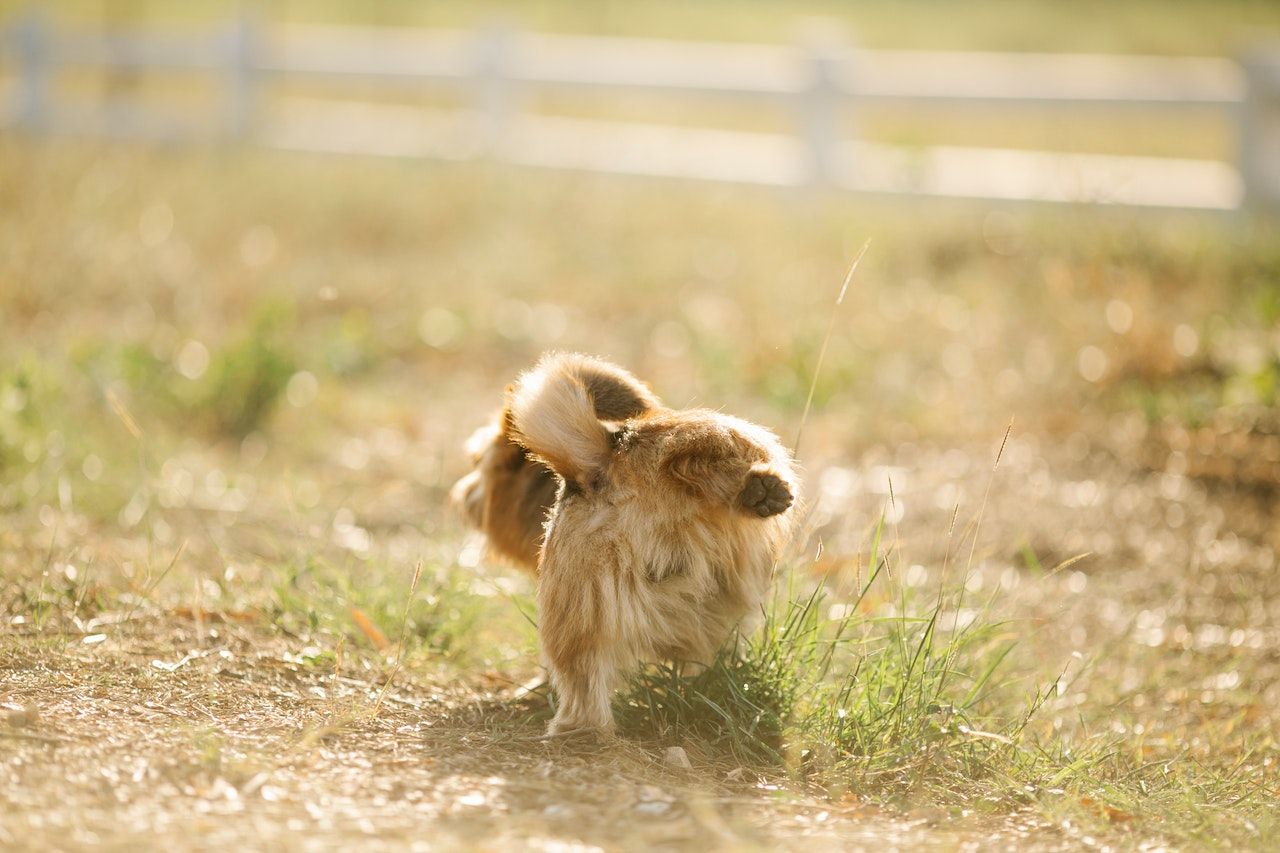
Just like humans, dogs need frequent potty and exercise breaks during long drives. Plan to stop every few hours to allow your dog to stretch their legs and relieve themselves. Make sure to keep your dog on a leash at rest areas and other public spaces to prevent them from running off.
Keep your dog entertained during long drives
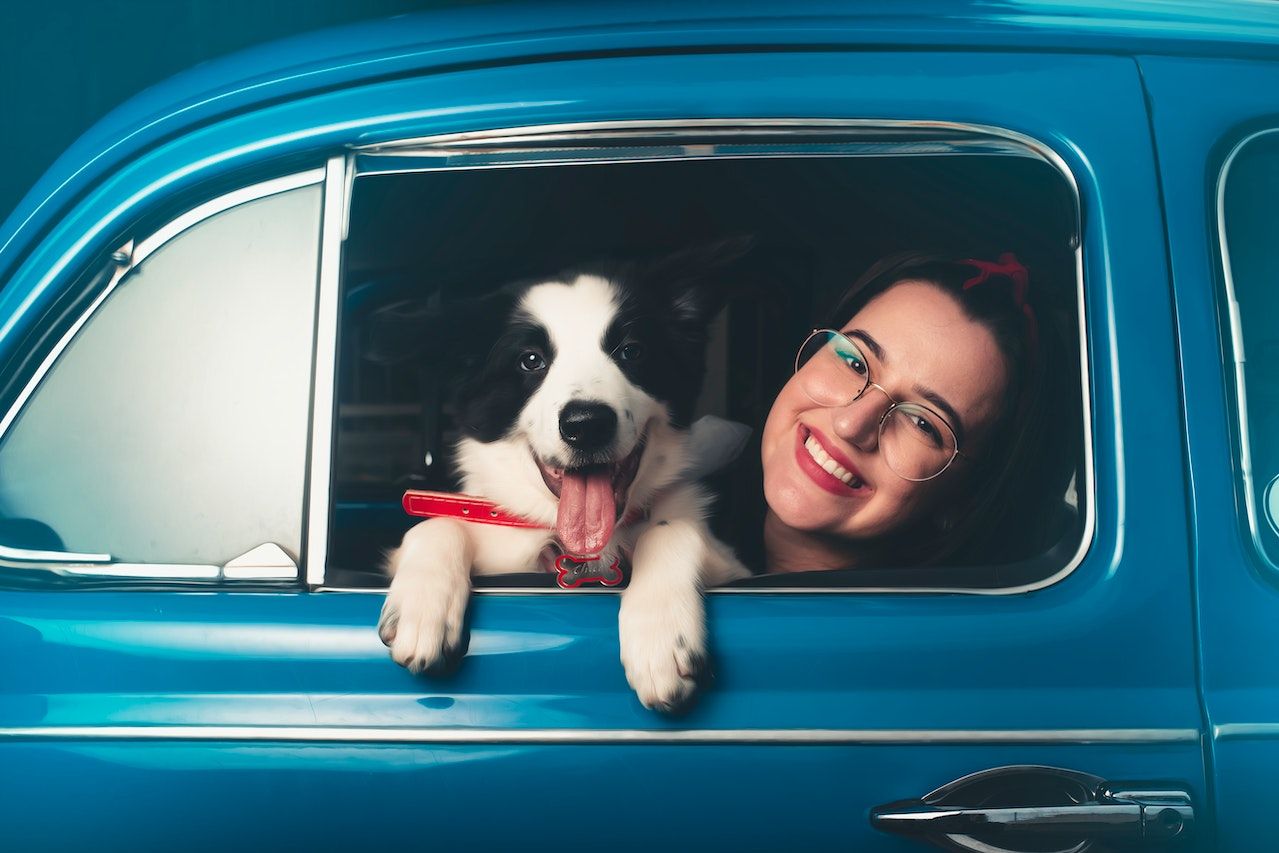
Some dogs are content to snooze during long drives, while others need a bit more entertainment. Pack some of your dog's favorite toys and chews to keep them occupied. You could also consider playing calming music or audiobooks to help soothe anxious dogs.
Dealing with motion sickness and anxiety when car camping with dogs
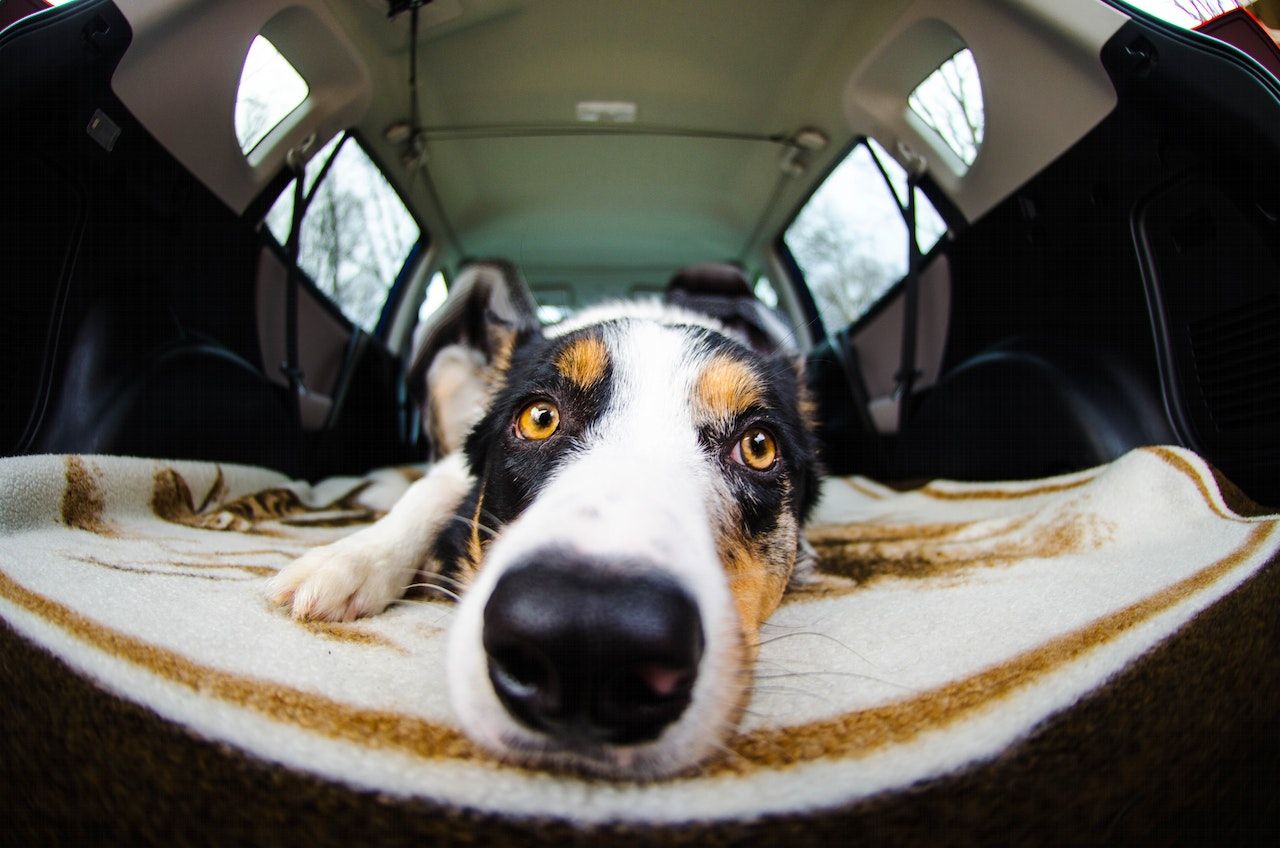
Motion sickness and anxiety are common issues for dogs on long car trips. If your dog is prone to these issues, consider speaking with your veterinarian about medication options. You could also try natural remedies such as ginger treats or calming sprays.
Setting Up Camp
Once you arrive at your campsite, it's time to set up camp and make sure your dog has a safe, home-like space to rest.
Setting up a comfortable and safe sleeping area for your dog

Choose a spot that's sheltered from the elements and away from any potential hazards such as campfires or steep drop-offs. Bring along a comfortable bed or mat for your dog to sleep on, and make sure they have plenty of blankets to stay warm.
Securing the campsite to prevent escapes and keep your dog safe
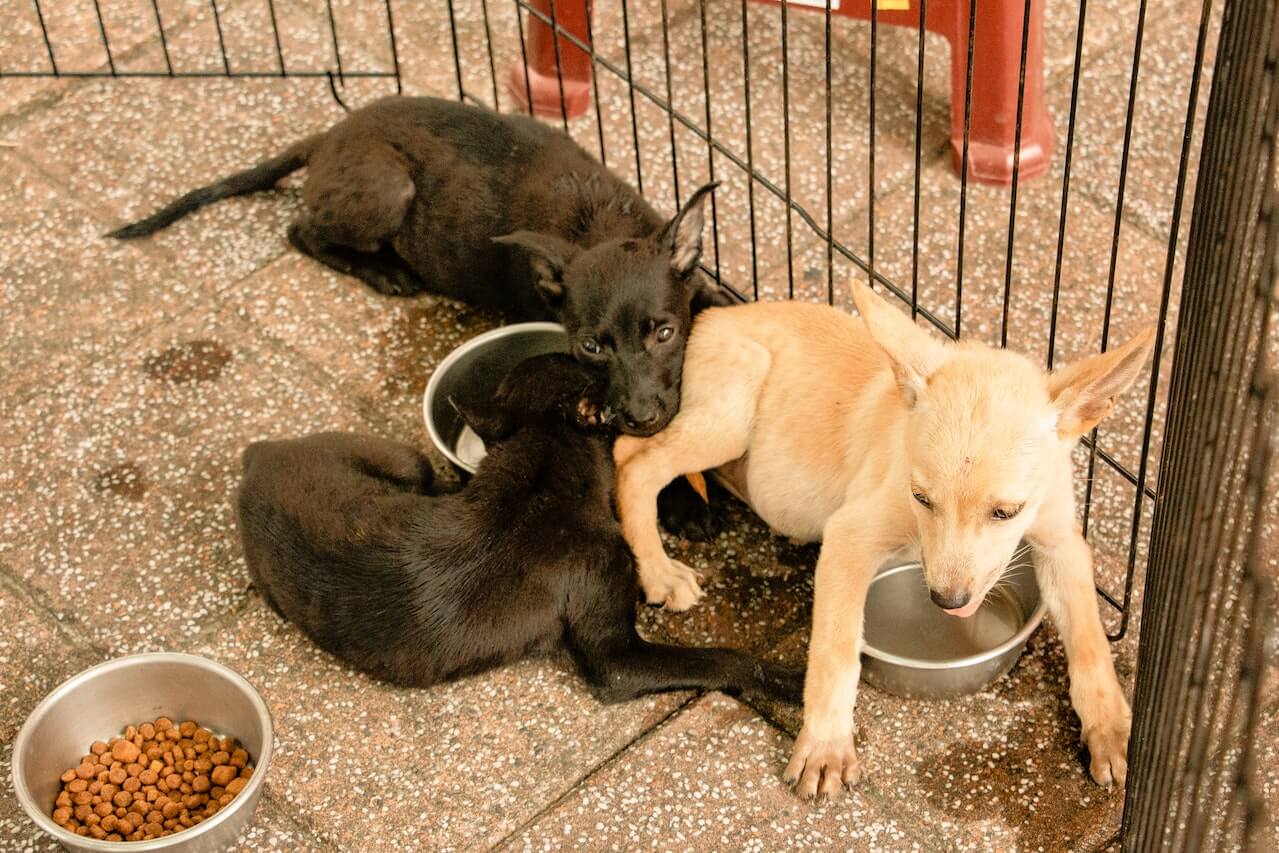
It's important to secure your campsite to prevent your dog from wandering off or getting into trouble. Use a sturdy dog leash or tie-out to help keep your dog in sight. You could also consider using a portable fence or exercise pen to create a safe play area. Never leave your dog unattended!
Storing food and trash out of reach of your dog

Dogs have a strong sense of smell and are attracted to food and garbage. Make sure to store all food and trash in secure containers or hang them from a tree out of your dog's reach. This will help prevent your dog from getting sick or attracting unwanted wildlife to your campsite.
Activities to Enjoy with Your Dog
One of the best parts of camping with dogs is the opportunity to explore the great outdoors together. Here are some activities to enjoy with your furry friend.
Hiking with your dog
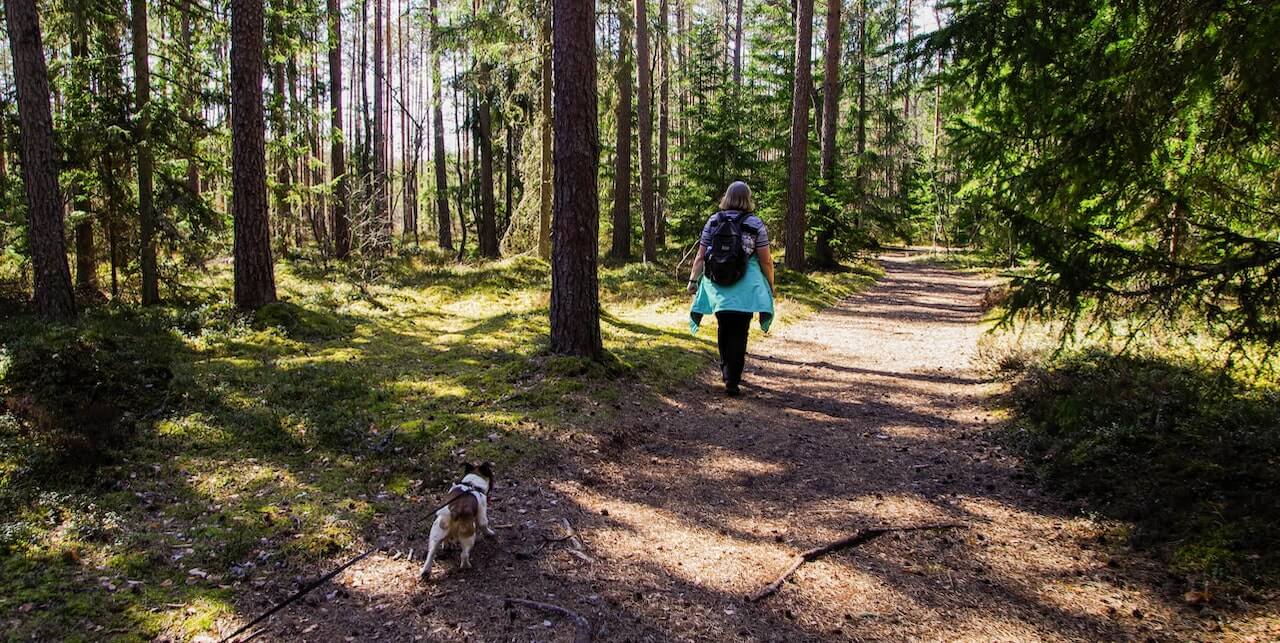
Many campgrounds have hiking trails nearby that are dog-friendly. Make sure to pack plenty of water and snacks for both you and your dog, and bring along a sturdy leash and poop bags.
Swimming and other water activities
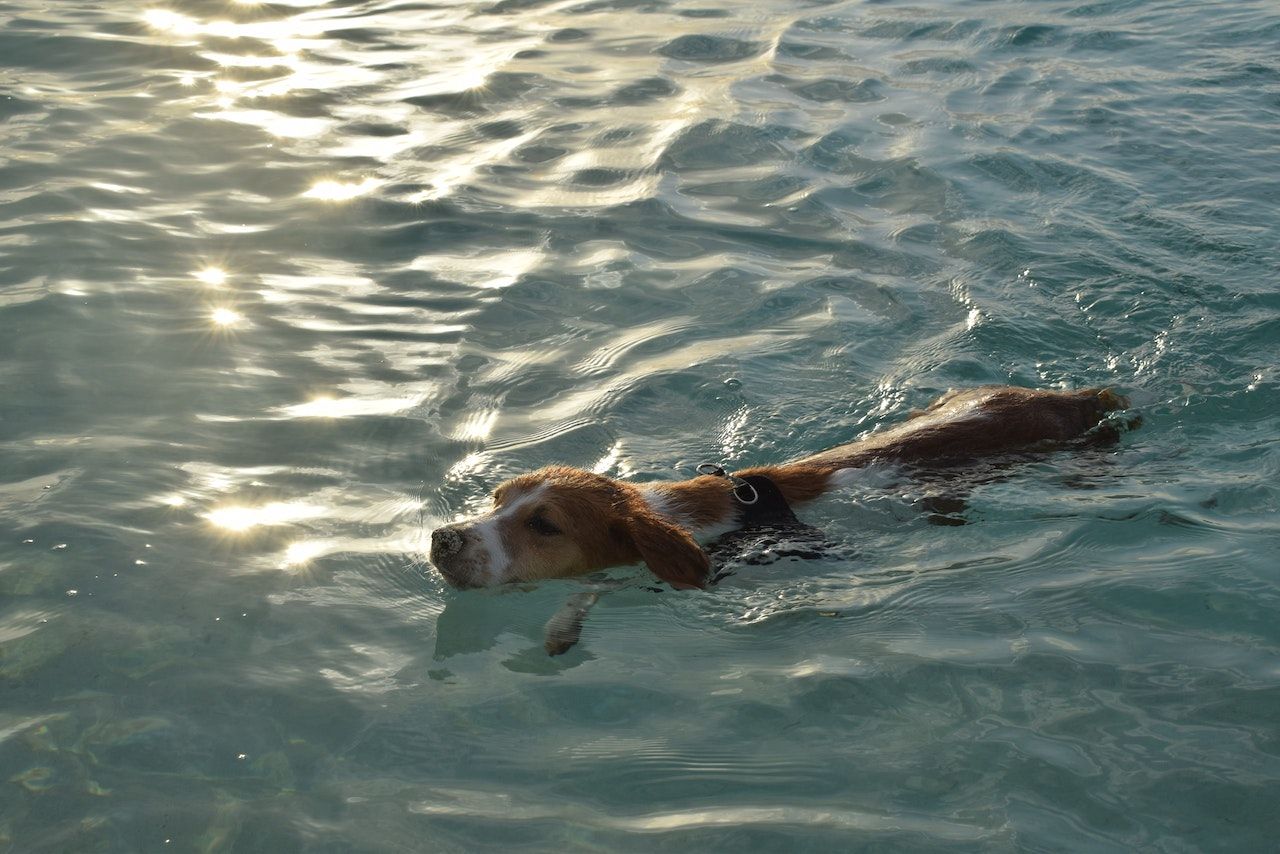
If your dog loves to swim, look for a campground near a lake or river. Bring along a life jacket if your dog isn't a confident swimmer, and always supervise them around water.
Playing fetch and other games
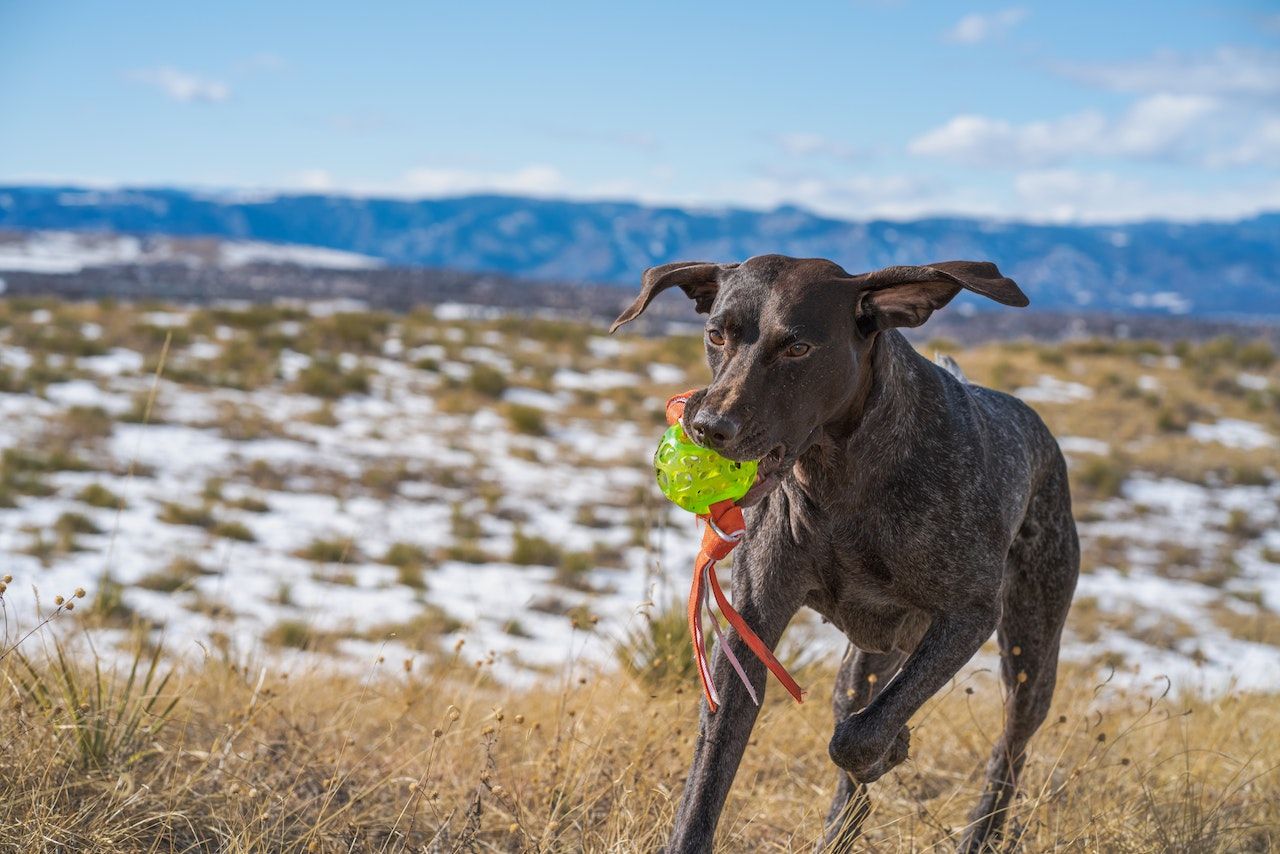
Dogs love to play, so bring along some of their favorite toys for a game of fetch or tug-of-war. You could also try hiding treats around your campsite for a fun game of "hide-and-seek."
Hit up the Dog park
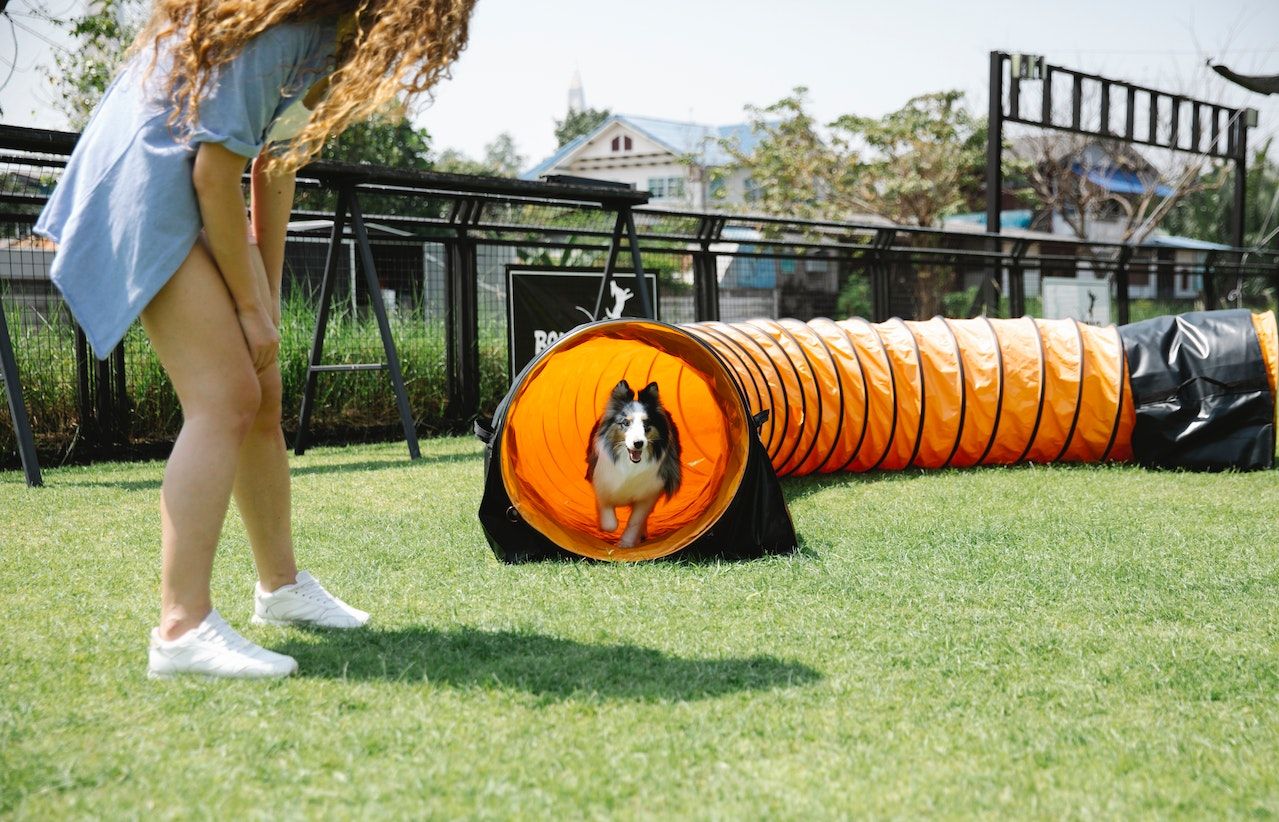
Just like us humans, dogs love being social, too. Dog parks/runs are amazing places to visit while camping. The ability to roam free with their furry friends is a welcome change from a crowded, busy campground atmosphere.
Not only will your dog get some much needed exercise, but all of the activity might lead to a better night's sleep, for both of you.
Dealing with Emergencies
While nobody wants to think about emergencies while on vacation, it's important to be prepared in case something does happen.
You understand your dog better than anyone. Be alert to changes in mood, appetite, energy levels and other factors while traveling. Many times, these changes can signify an illness or injury.
Know how to spot and treat common injuries and illnesses
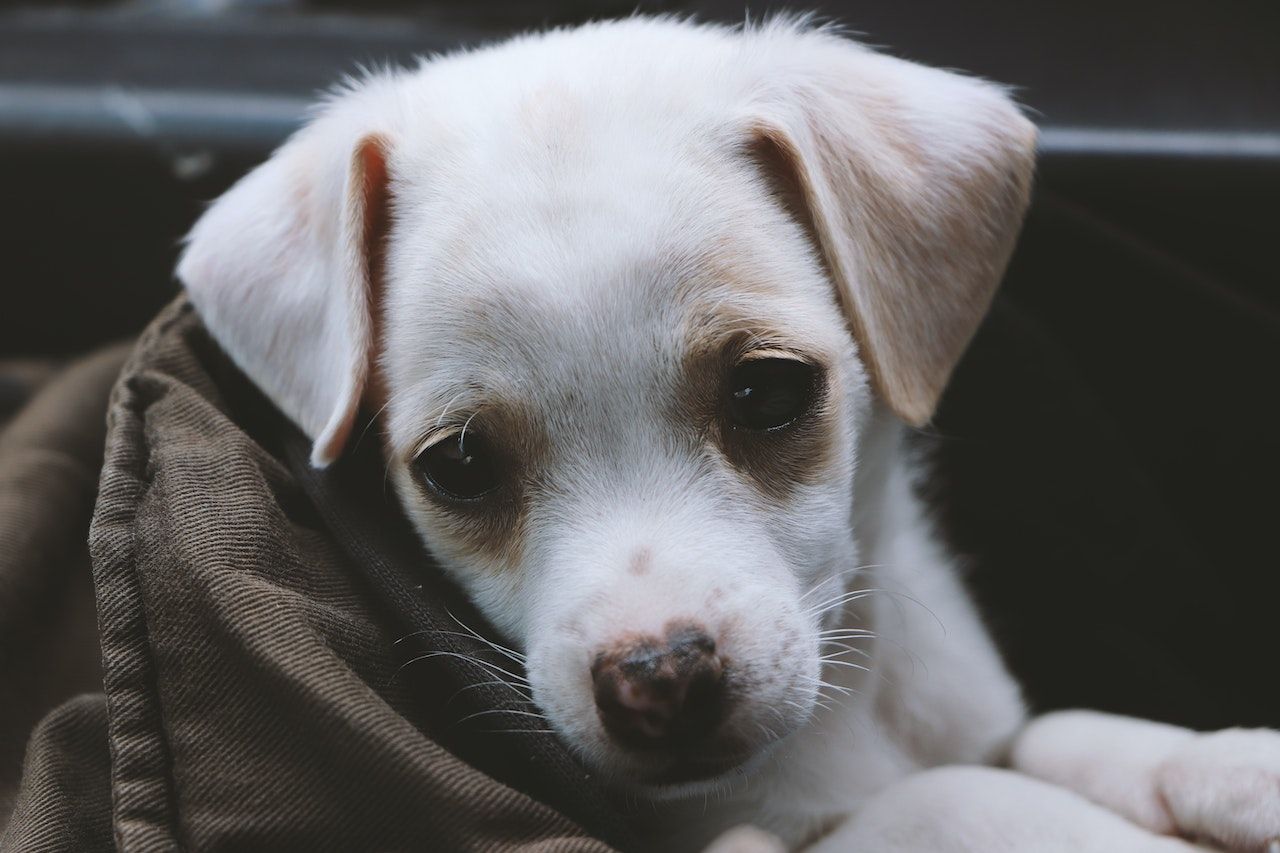
It’s vital that you know the signs of common injuries and illnesses, such as dehydration, heat stroke, and snake bites. Bring an emergency kit for your dog and be well-versed in how to use it.
Items such as gauze, bandages, antiseptic, tweezers, etc. should all be included. Additionally, don’t forget any medications that your dog may need, such as allergy meds or pain relievers.
Knowing when to seek veterinary care
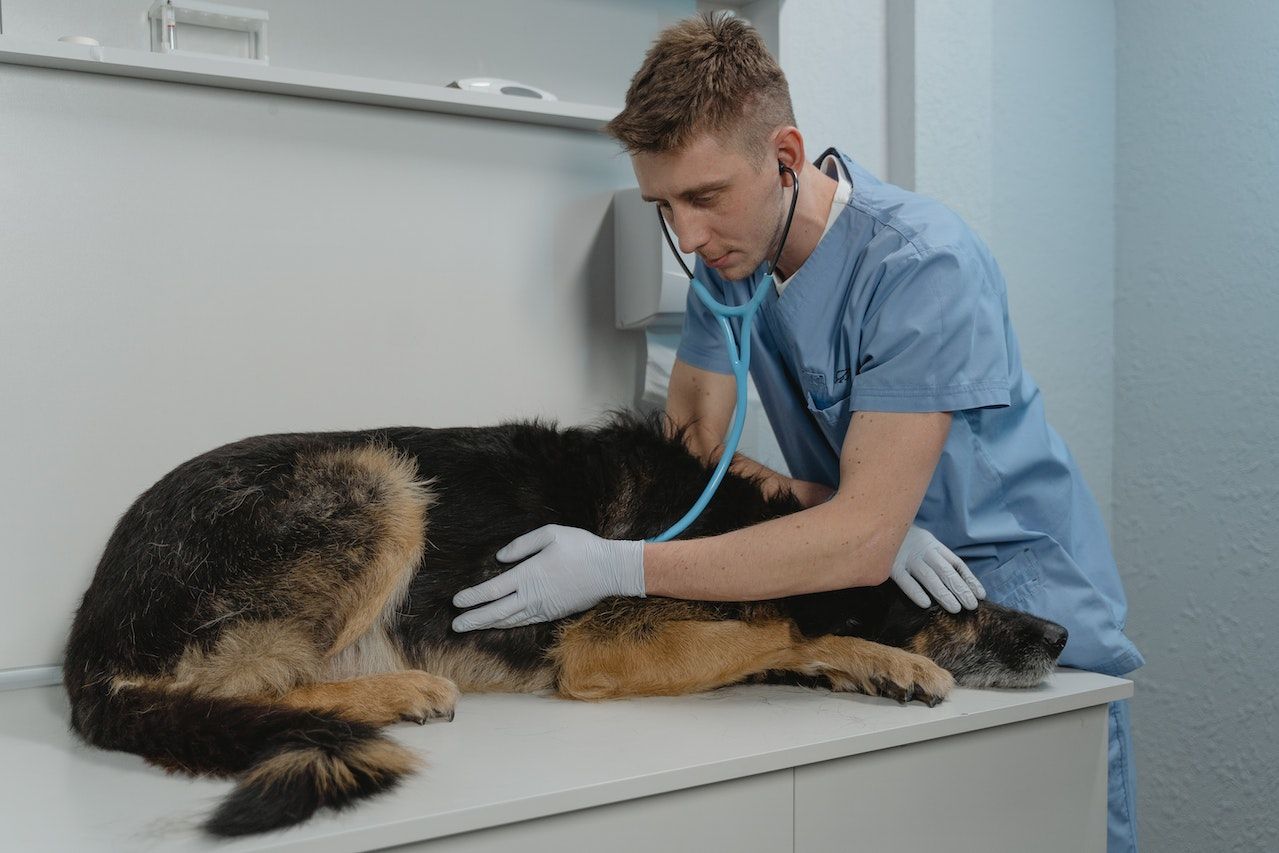
If your dog is seriously injured or ill, it’s important to seek veterinary care as soon as possible. Research veterinary clinics in the area where you will be camping before you leave, so you know where to go if an emergency arises.
Etiquette and Considerations for Other Campers
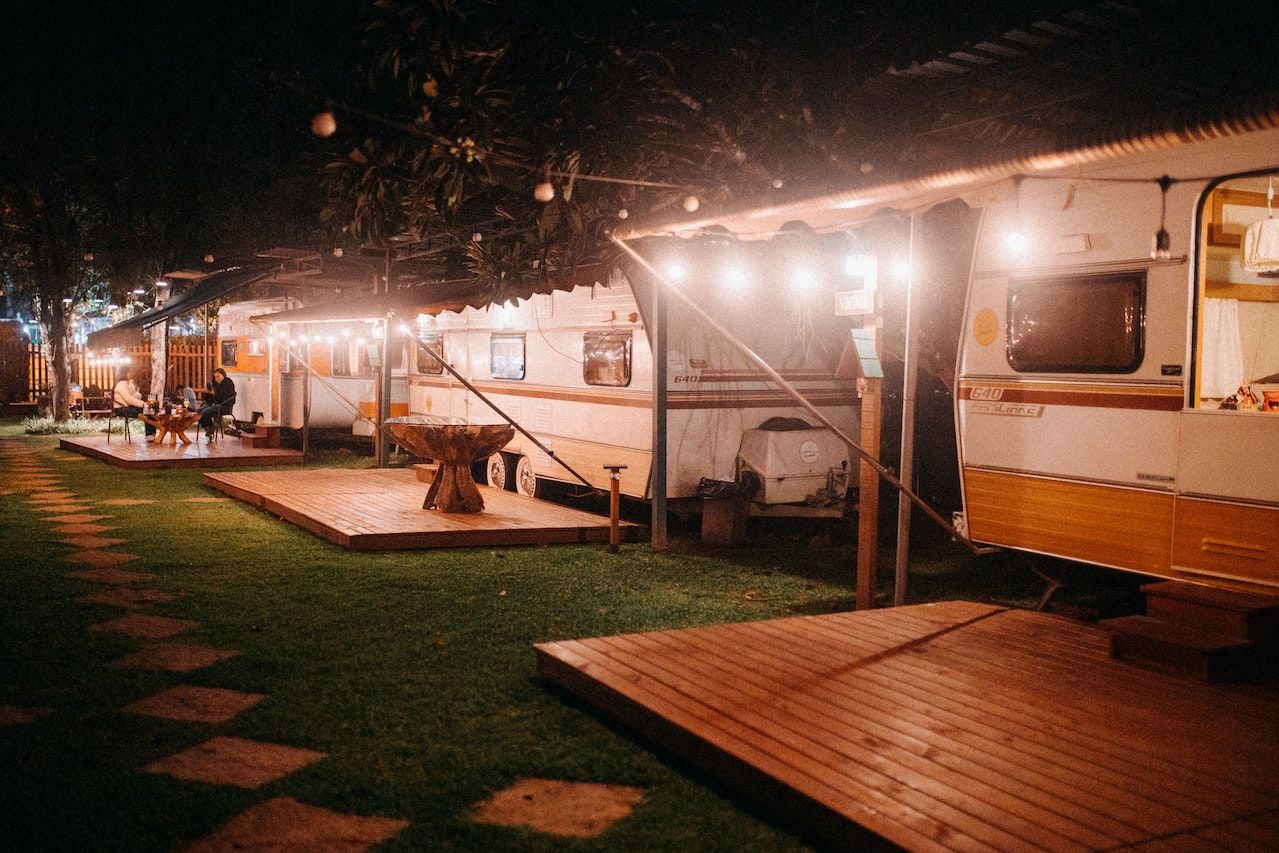
When camping with your dog, it’s important to be considerate of other people and follow the campsite’s pet policies and rules. Here are some tips to help you be…
-
Respect the space and privacy of other campers. Keep in mind that not everyone is a dog lover, and some people may have allergies or fears. Follow the campsite's pet policies and rules, and keep your dog on a leash and under control at all times.
-
When passing other campsites, keep your dog on the opposite side of the path, and avoid letting your dog approach other people or dogs without their permission.
-
Prevent your dog from disturbing wildlife by keeping them away from bird nests, animal dens, and other natural habitats.
-
Always pick up your dog's waste and dispose of it properly in designated trash bins. Pack out any other garbage, including food scraps and dog waste bags, to prevent attracting wildlife to the campsite.
Camping Essentials Checklist for Dogs
Dog Tag/Collar - Even if your dog is microchipped, it's important to have a collar with identification tags in case they get lost.
Leash - Many campsites require dogs to be on a leash at all times, and even if they don't, it's a good idea to keep your dog close by and under control.
Water and food bowls - Bring collapsible bowls for water and food that are easy to pack and carry.
Food - Bring enough food for the entire trip, and consider packing a little extra just in case.
Treats - Treats can be a great way to reward your dog for good behavior or to help them feel secure in a new environment.
Bedding - Bring a comfortable dog bed and blanket for fido to sleep on.
Toys - Pack a few of your dog's favorite toys to keep them entertained and happy.
Poop bags - Always clean up after your dog, and bring plenty of poo bags to dispose of waste properly.
Medications - If your dog takes any medications, make sure to pack enough for the entire trip.
First aid kit - Put together a kit specifically for your dog that includes items like bandages, antiseptic, tweezers, tick repellant, etc.
Flea and tick prevention - Bring flea and tick prevention medication to protect your dog from these common pests.
Sun protection - If you'll be spending a lot of time outside, consider bringing sunscreen specifically designed for dogs to protect their skin.
Life jacket - If you plan on doing any water activities with your dog, make sure to bring a properly fitting life jacket to keep them safe.
Flashlight or headlamp - A light source can be helpful for navigating around the campsite at night, especially when walking your dog.
Dog booties - If you plan on doing any hiking or walking on rough terrain, consider bringing dog booties to protect their paws from rough surfaces and hot pavement.
Download the FREE Doggie Camping Checklist, below.
Camping Resources for Dogs
Conclusion
A camping adventure with your dog can be a priceless experience. It provides an opportunity to bond with your pet, explore new places, and enjoy the great outdoors together.
Whether you plan on staying at a campground or at one of our county’s beautiful national parks, with a little forethought and preparation, you can expect a safe and comfortable trip for you and your dog.
LIVE WISELY, LIVE WELL!

